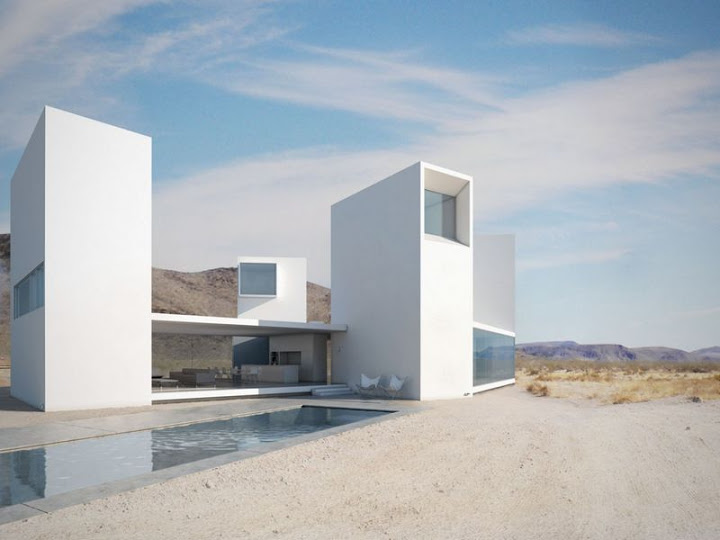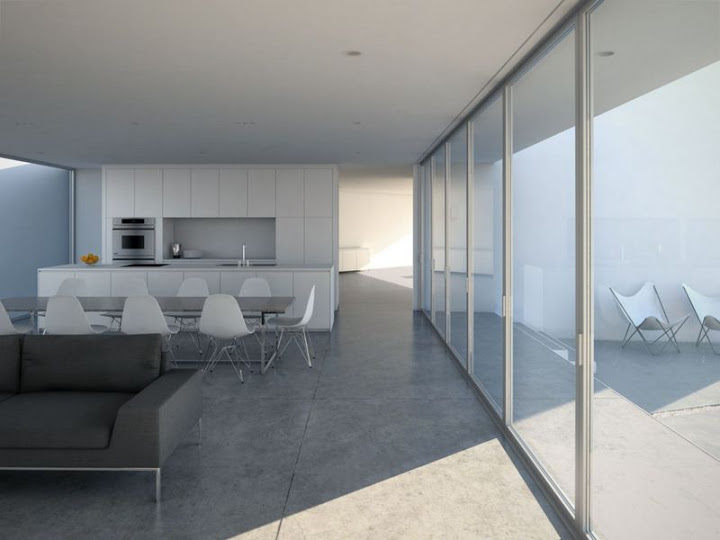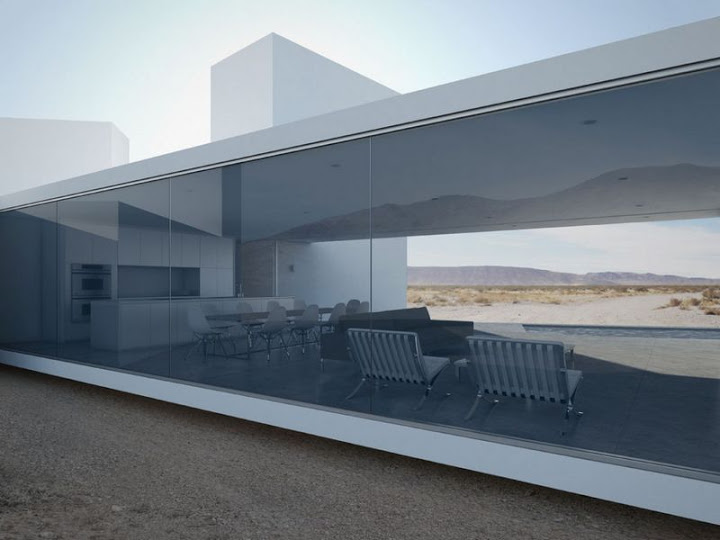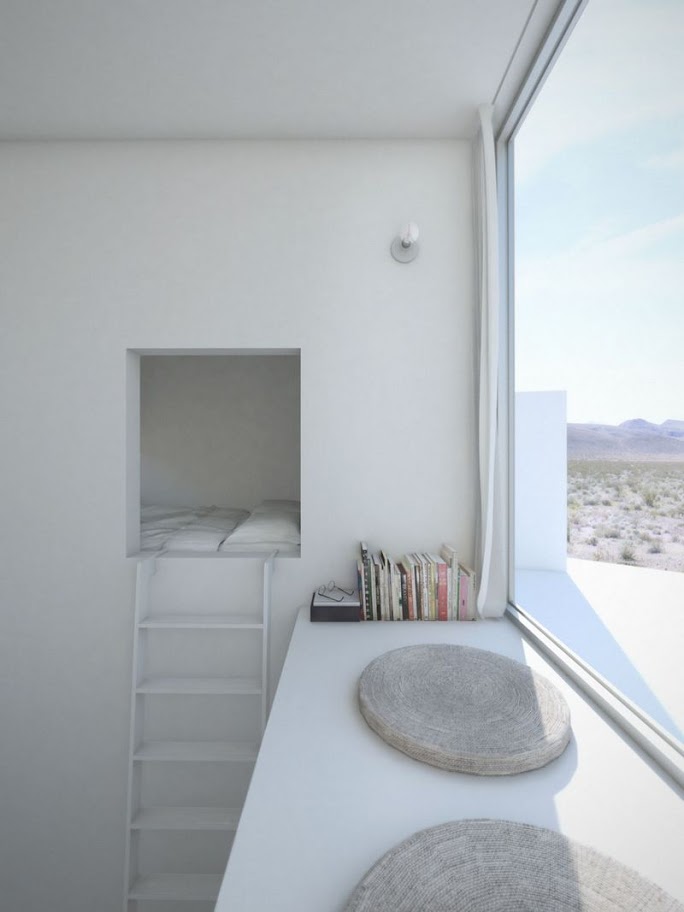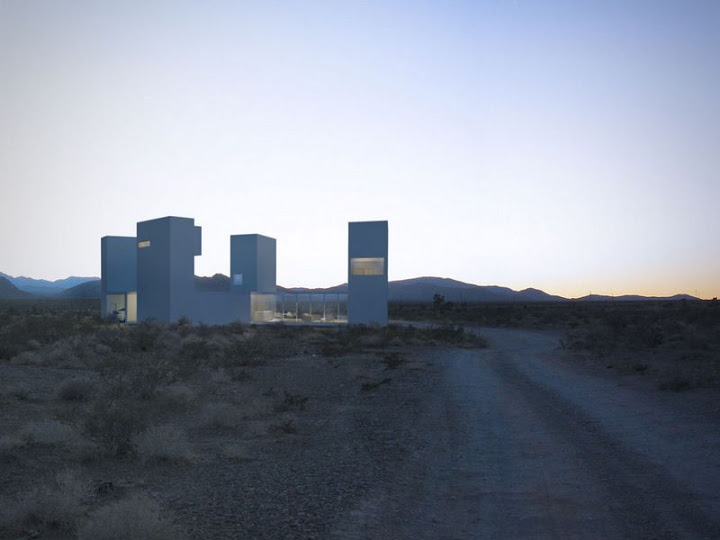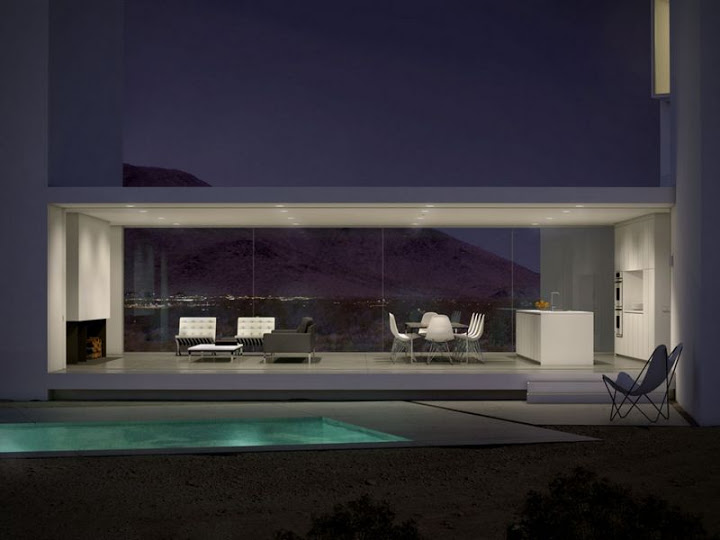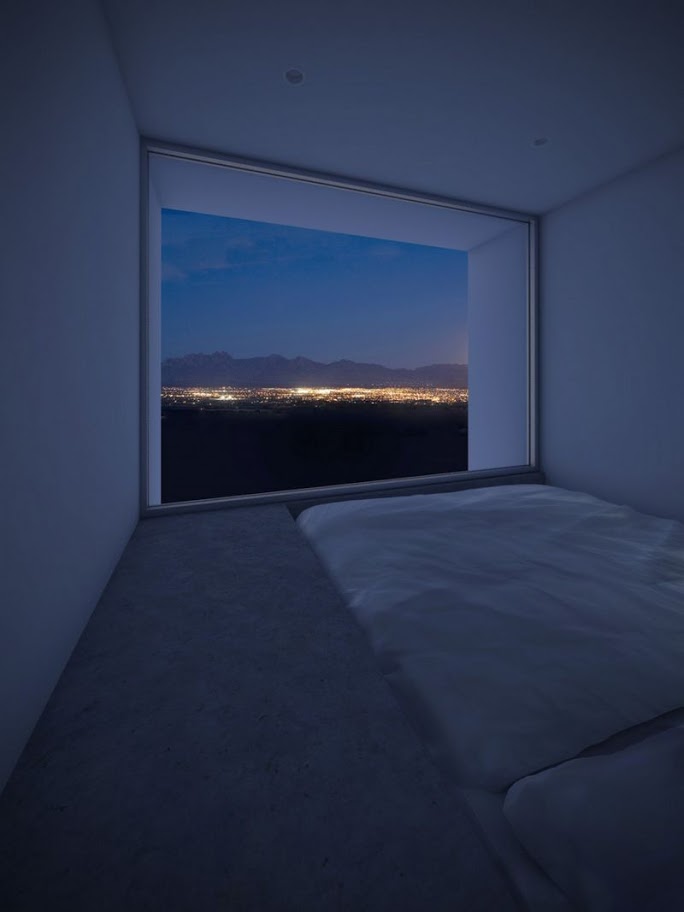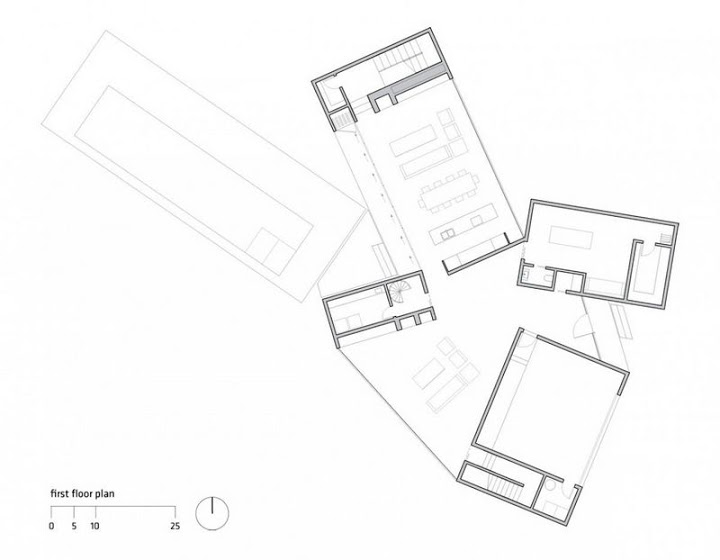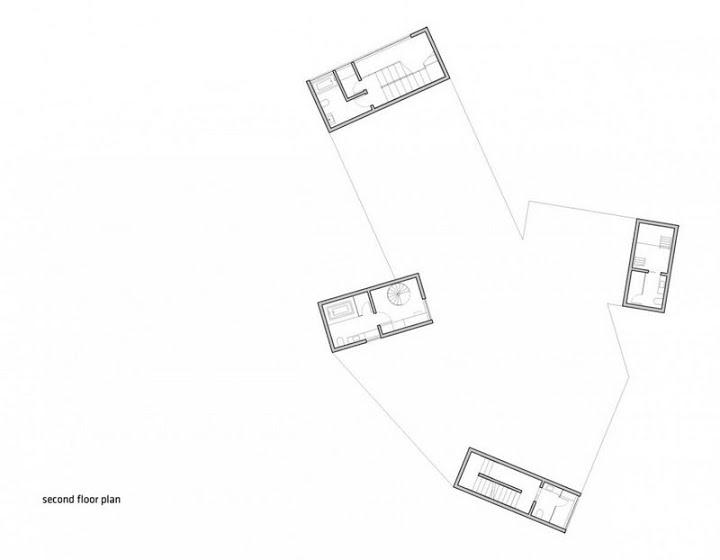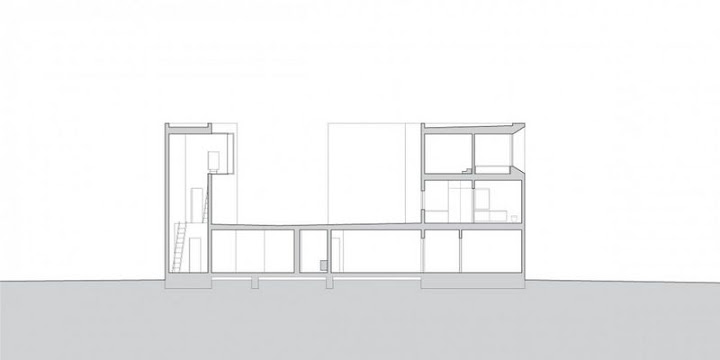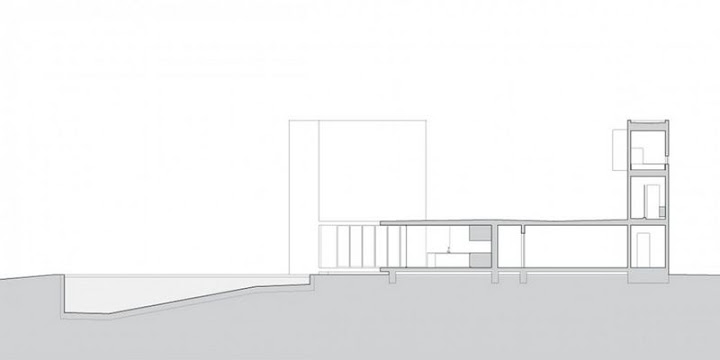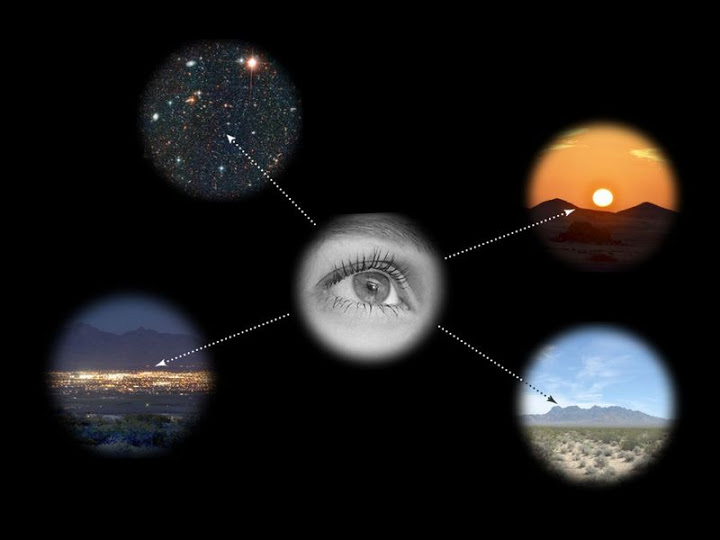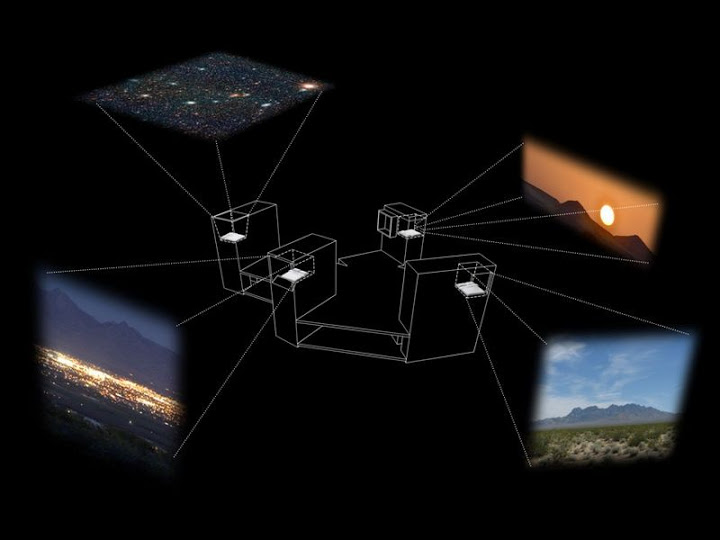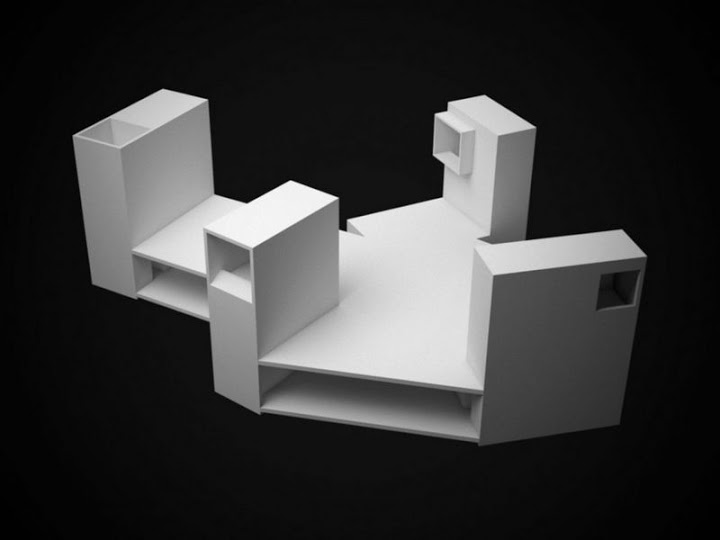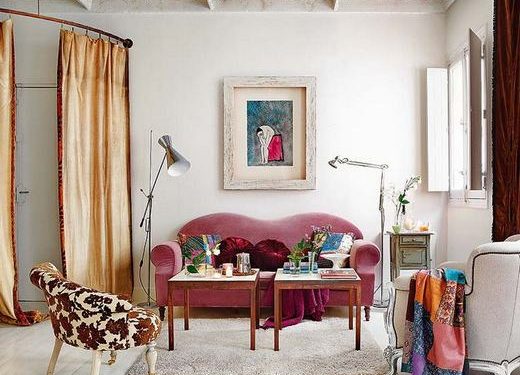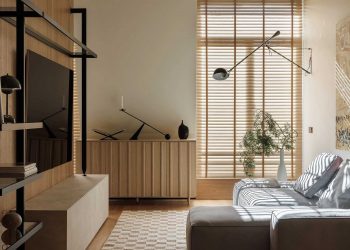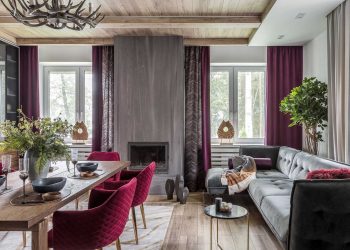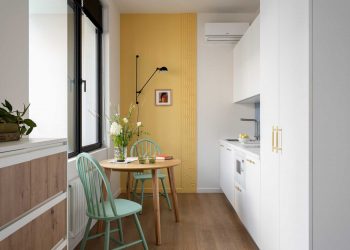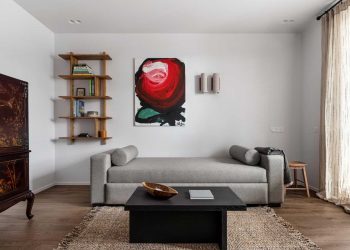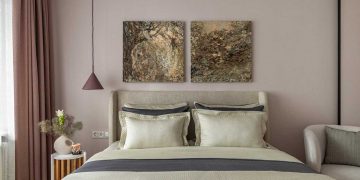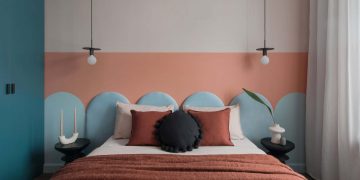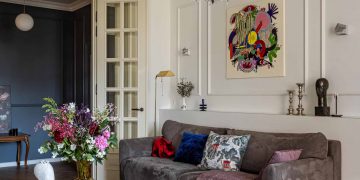A képeken a kaliforniai Edward Ogosta Architecture építész stúdió vizualizációi projektjükről, egy a Coachella Völgy sivatagos vidékén (Dél Kalifornia, USA) épülő modern, 350nm-es hétvégi házról, a Four Eyes House-ról. A ház inkább kísérlet, nem a funkcionális lakókörnyezetre, inkább a helyszín kínálta fantasztikus látványosságok vizuális felerősítésére fókuszál.
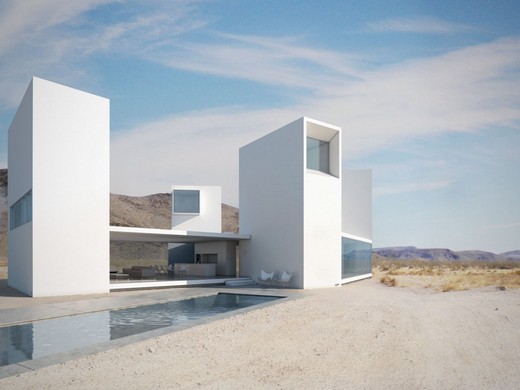
A képeken a kaliforniai Edward Ogosta Architecture építész stúdió vizualizációi projektjükről, egy a Coachella Völgy sivatagos vidékén (Dél Kalifornia, USA) épülő modern, 350nm-es hétvégi házról, a Four Eyes House-ról. A ház inkább kísérlet, nem a funkcionális lakókörnyezetre, inkább a helyszín kínálta fantasztikus látványosságok vizuális felerősítésére fókuszál. Négy alvótorony fordul kilátóként a négy látványosság felé – napfelkelte keleten, hegyek panorámája délen, nagyvárosi fények nyugaton és a csillagos éjszakai a sivatagi ház felett. Minden toronyban csak egy ágynak helyet adó hálószoba található.
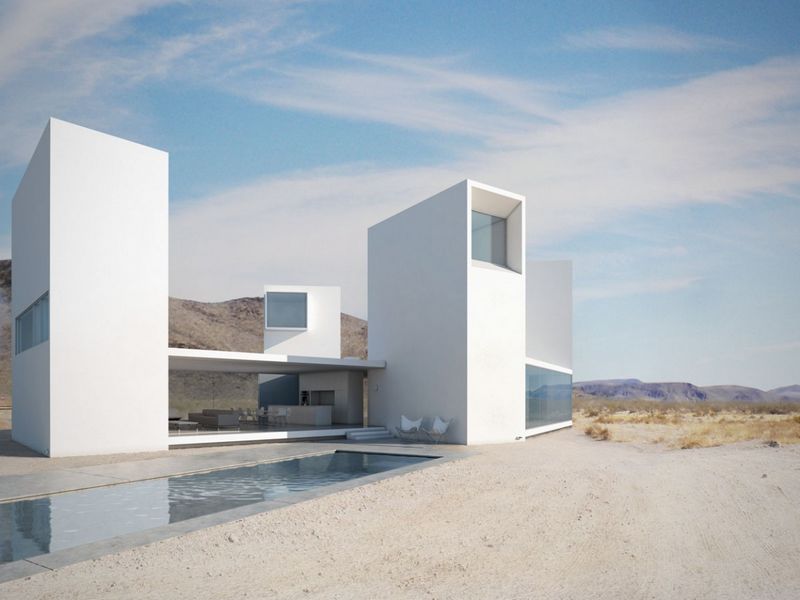

“A weekend desert residence for a family and their dog, the Four Eyes House is an exercise in site-specific experiential programming. Rather than planning the house according to a domestic functional program, the building was designed foremost as an instrument for intensifying a number of onsite phenomenal events.
Four “sleeping towers” are oriented towards four spatiotemporal viewing experiences: morning sunrise to the east, mountain range to the south, evening city lights to the west, and nighttime stars overhead. Each tower contains a compact top-floor bedroom, sized only for the bed, and each with a unique aperture directed towards the view. These bedrooms are equally-sized and unassigned, such that the family’s sleeping locations can be rotated based on each individual’s desired viewing experience. Vertical circulation within the towers is similarly particularized (e.g. ladders, spiral stair, switchback stair, or shallow-riser stair). Ground-floor common spaces form a loose connective field between the discrete tower volumes, and offer a more permeable relationship to the landscape.
The sensations of sleeping and waking are thus inflected by the building’s foregrounding of intensified onsite experiential events. By sleeping in a room elevated off the ground and open to the stars, one might inhabit a deep pocket of silence for a few moments, and perhaps even perceive the movement of the Earth, as it slowly rotates beneath the stars.”
Fotók: Edward Ogosta Architecture



